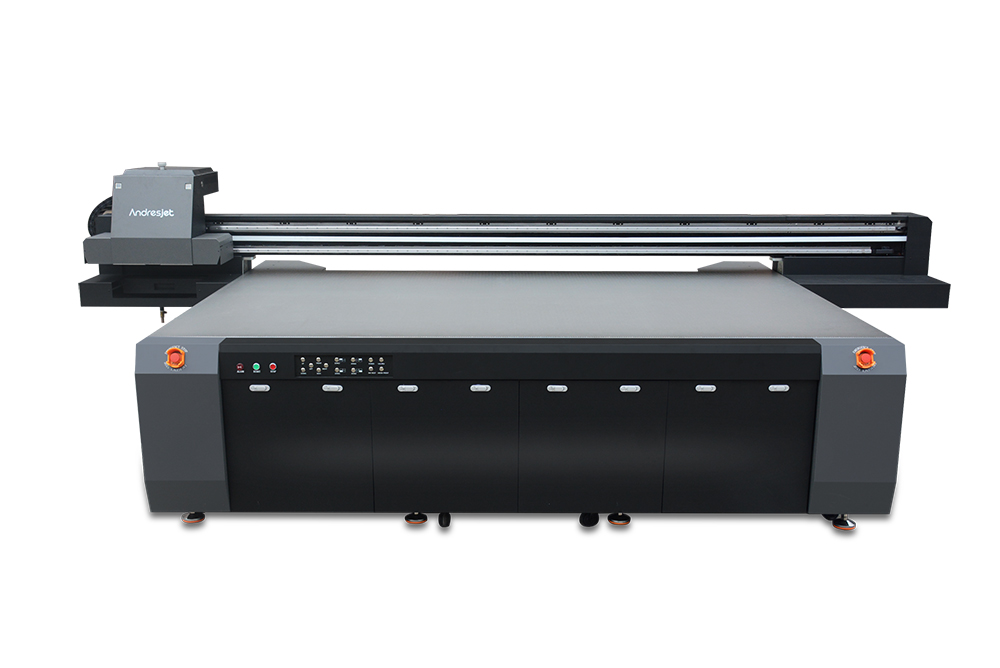How Fast Is the Printing Speed of UV Flatbed Printers?
How Fast Is the Printing Speed of UV Flatbed Printers?
UV flatbed printers have revolutionized the printing industry with their ability to print high-quality images on various materials. However, one of the critical factors that affect the efficiency and productivity of these printers is their printing speed. Understanding the printing speed of UV flatbed printers is crucial for businesses and individuals who rely on these machines for their printing needs. In this article, we will explore the printing speed of UV flatbed printers, the factors that influence it, and how to optimize it for maximum efficiency.

Printing Speed Basics
The printing speed of UV flatbed printers is typically measured in square meters or square feet per hour. This metric provides a standardized way to compare the efficiency of different printer models. However, it’s important to note that the actual printing speed can vary depending on several factors.
Factors Influencing Printing Speed
Printer Model and Technology: Different UV flatbed printer models offer varying printing speeds. Advanced models with the latest technology tend to have faster printing speeds.
Resolution and Quality Settings: Higher resolution and quality settings require more time to print, as the printer needs to lay down more ink droplets per inch. Conversely, lower resolution and quality settings can increase printing speed.
Material Type and Thickness: Certain materials, due to their absorption properties or thickness, may require more time for the ink to dry or settle, affecting the overall printing speed.
Ink Type and Coverage: Different inks have varying drying times, and higher ink coverage (more ink used per square inch) can slow down the printing process.
File Preparation and Complexity: The complexity of the design and the time it takes to prepare the file for printing can also impact the overall speed, especially if there are multiple layers or effects involved.
Maintenance and Calibration: Regular maintenance and calibration of the printer ensure optimal performance and can indirectly affect printing speed by reducing downtime and improving print quality.
Optimizing Printing Speed
To optimize the printing speed of UV flatbed printers, several strategies can be employed:
Choosing the Right Printer: Investing in a high-performance printer model with faster printing capabilities can significantly improve speed.
Adjusting Quality Settings: Unless high-resolution prints are essential, adjusting the quality settings to a lower resolution can increase speed without sacrificing too much detail.
Efficient File Preparation: Using efficient design software and optimizing file sizes before printing can reduce processing time.
Regular Maintenance: Keeping the printer well-maintained and calibrated ensures it runs at peak performance, reducing downtime and increasing overall speed.
Batch Printing: If possible, batch printing similar jobs together can reduce setup time and increase efficiency.
Material Selection: Choosing materials that are compatible with faster drying inks or those that require less processing time can help improve speed.
The Importance of Printing Speed
In a fast-paced business environment, printing speed is crucial for meeting deadlines, reducing costs, and maintaining a competitive edge. A slower printing speed can lead to delayed turnaround times, affecting customer satisfaction and potentially losing business to competitors. On the other hand, a faster printing speed allows for more jobs to be completed in a shorter period, increasing productivity and profitability.
Conclusion
The printing speed of UV flatbed printers is a critical factor in determining their efficiency and productivity. Understanding the factors that influence printing speed and implementing strategies to optimize it can significantly improve business operations. By investing in the right printer model, adjusting quality settings, preparing files efficiently, and maintaining the printer regularly, businesses can ensure they are getting the most out of their UV flatbed printers and meeting the demands of their customers.
